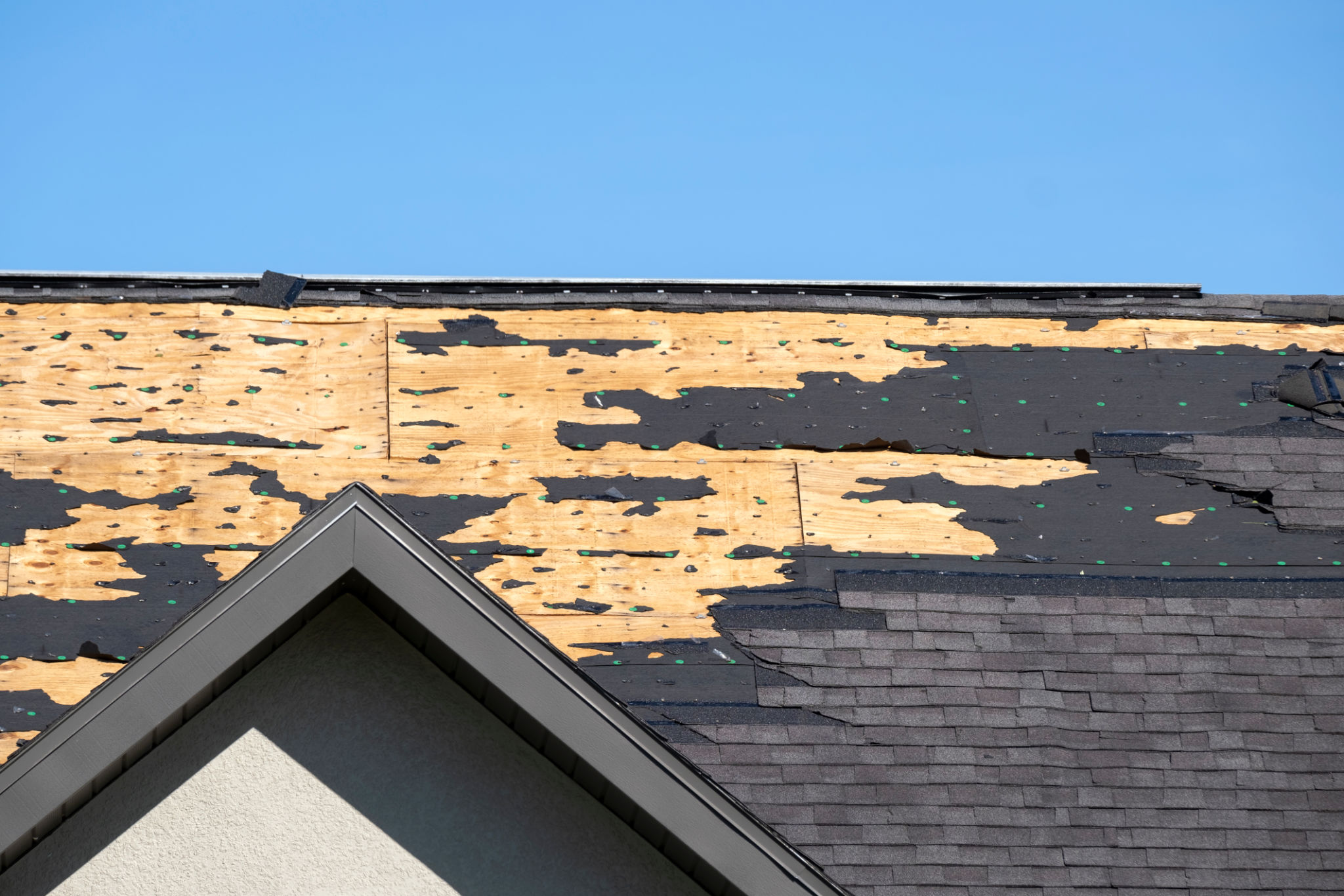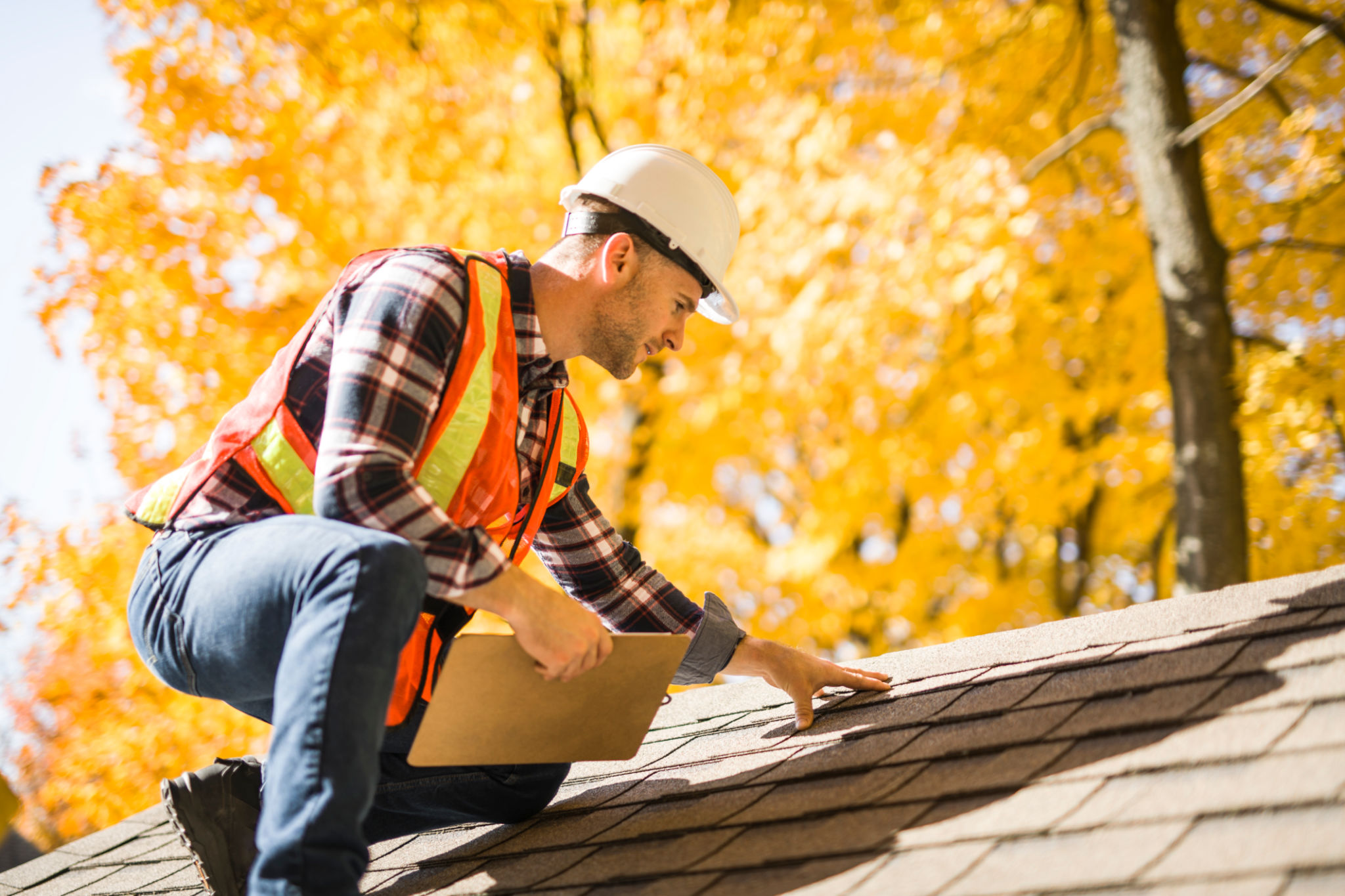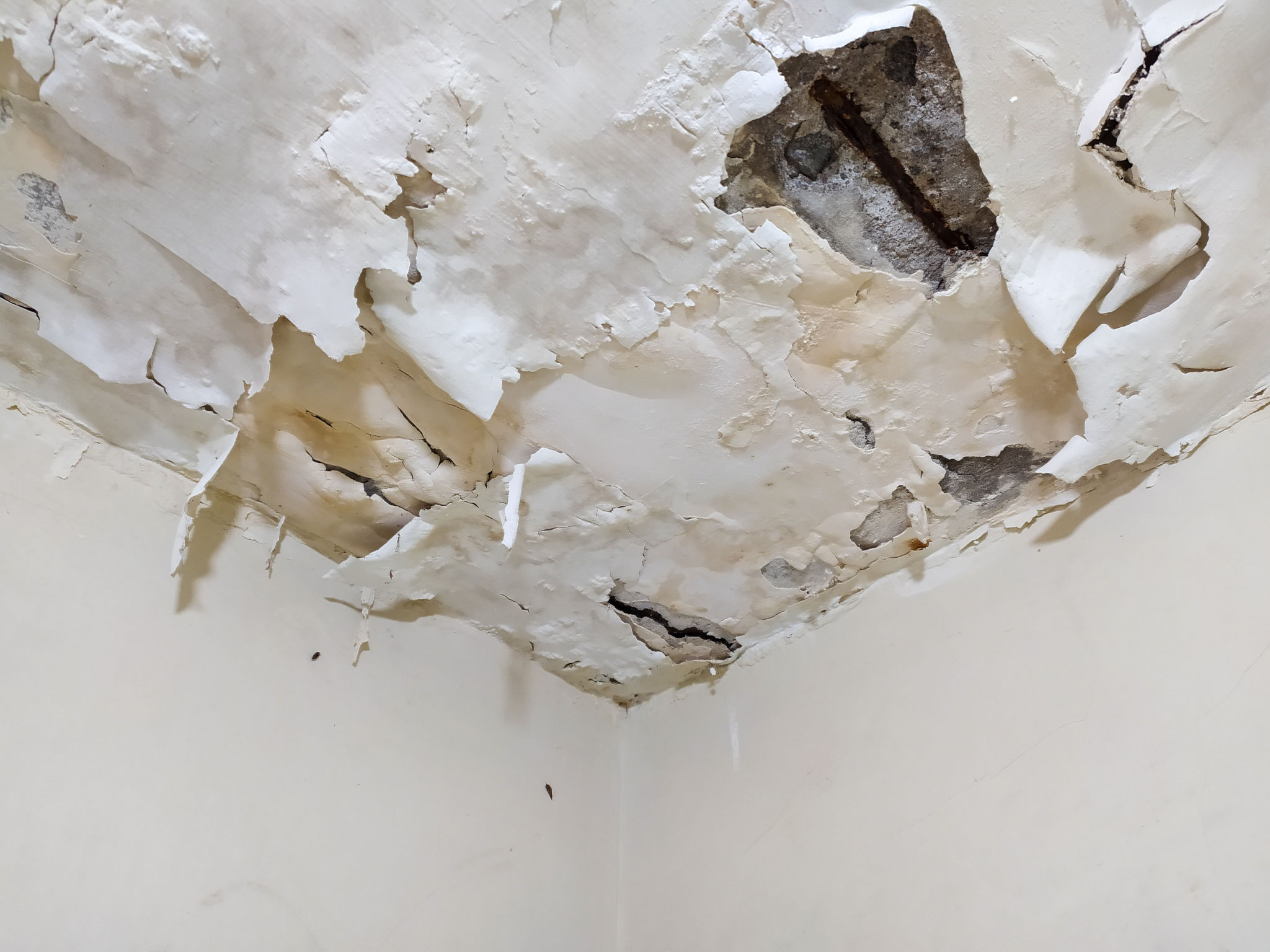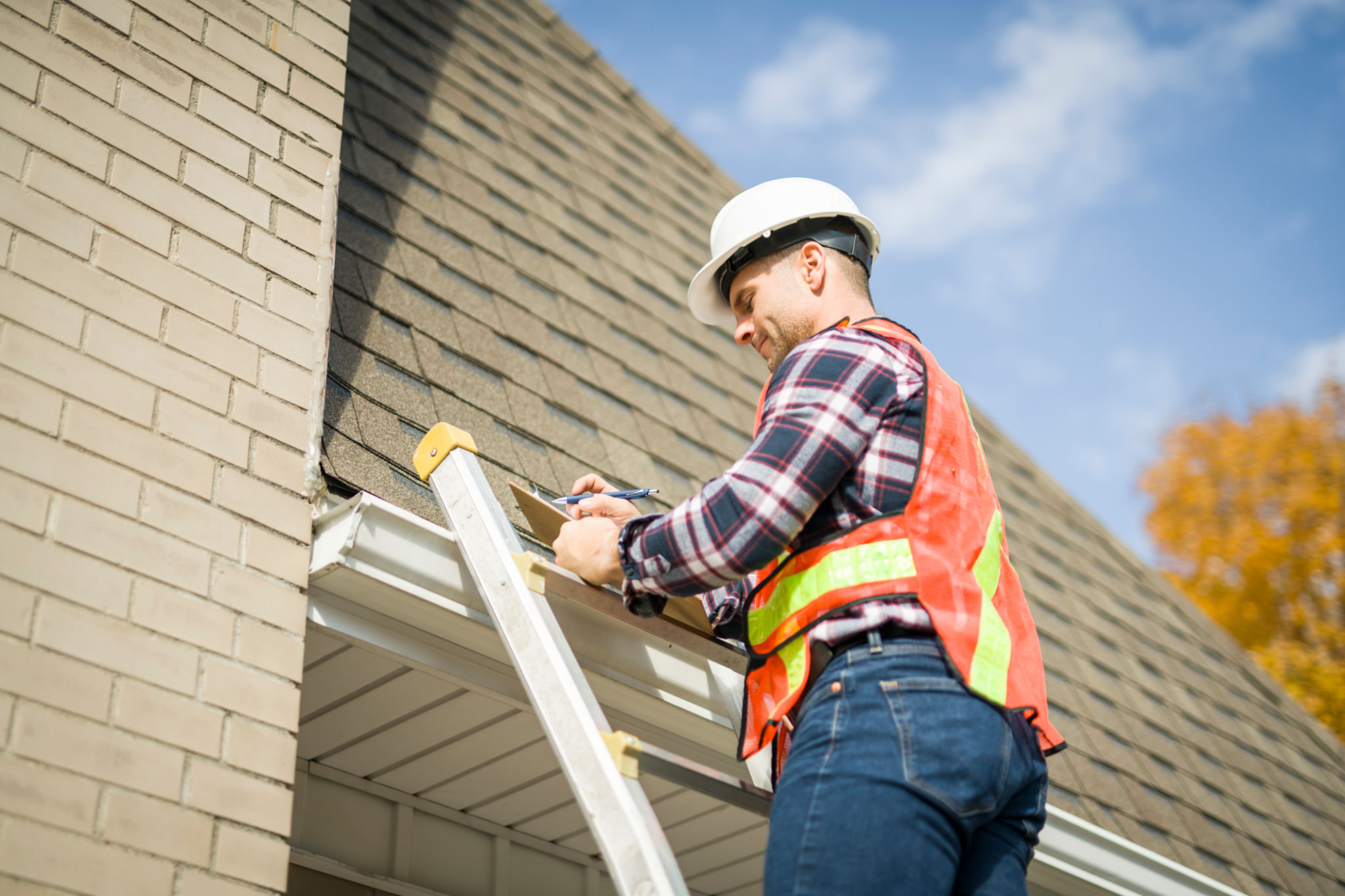How to Identify and Repair Storm Damage on Your Roof in Ohio
Understanding Storm Damage
Ohio is no stranger to severe weather, with storms often bringing powerful winds, heavy rain, and hail. Such conditions can wreak havoc on your roof, leading to damage that could compromise its integrity. Identifying and repairing storm damage promptly is crucial to maintaining the safety and value of your home.
Storm damage can manifest in various forms, including missing shingles, leaks, and structural issues. Understanding what to look for after a storm can help you address problems before they escalate into costly repairs.

Conducting a Visual Inspection
After a storm, the first step in assessing roof damage is performing a visual inspection. Start by checking from the ground using binoculars if necessary. Look for missing or damaged shingles, which are often the most obvious signs of storm damage. Pay attention to granule loss on shingles, as this can signal aging or impact from hail.
If safe to do so, inspect your roof more closely by climbing up with a ladder. Check for cracked or curled shingles, as these can allow water to seep into your home. Also, inspect the flashing around vents, chimneys, and skylights for signs of wear or gaps that could lead to leaks.

Checking for Leaks and Water Damage
Inside your home, look for signs of storm damage such as water stains or damp patches on ceilings and walls. These could indicate leaks in your roof that need immediate attention. In the attic, check for wet insulation or visible holes that might allow water entry.
It's important to address any leaks quickly to prevent further damage to the interior of your home. Water infiltration can lead to mold growth and structural deterioration if left unchecked.

Assessing Gutter and Downspout Condition
Gutters and downspouts play a crucial role in directing water away from your roof and home. After a storm, ensure these systems are clear of debris and functioning properly. Look for signs of sagging or detachment, which could indicate damage from strong winds or heavy rainfall.
Make sure downspouts are directing water far enough away from your home's foundation to prevent flooding or foundation issues. If you notice any issues, it may be time to repair or replace damaged sections.
Repairing Storm Damage
Once you've identified areas of concern, it's time to plan for repairs. For minor issues like replacing a few shingles or fixing small leaks, you might be able to tackle these repairs yourself with the right tools and materials.
However, for more extensive damage or if you're unsure of your ability to safely complete the repairs, hiring a professional roofing contractor is advisable. They have the expertise and equipment necessary to ensure the job is done correctly and safely.

Preventive Measures
Preventing future storm damage involves regular maintenance and inspections. Ensure that trees near your home are trimmed back to reduce the risk of branches falling onto your roof during storms. Additionally, consider investing in high-quality roofing materials designed to withstand severe weather conditions.
Routine inspections, especially after major storms, will help you catch potential issues early and maintain the overall health of your roof. By staying proactive, you can extend the lifespan of your roof and avoid costly repairs down the line.
